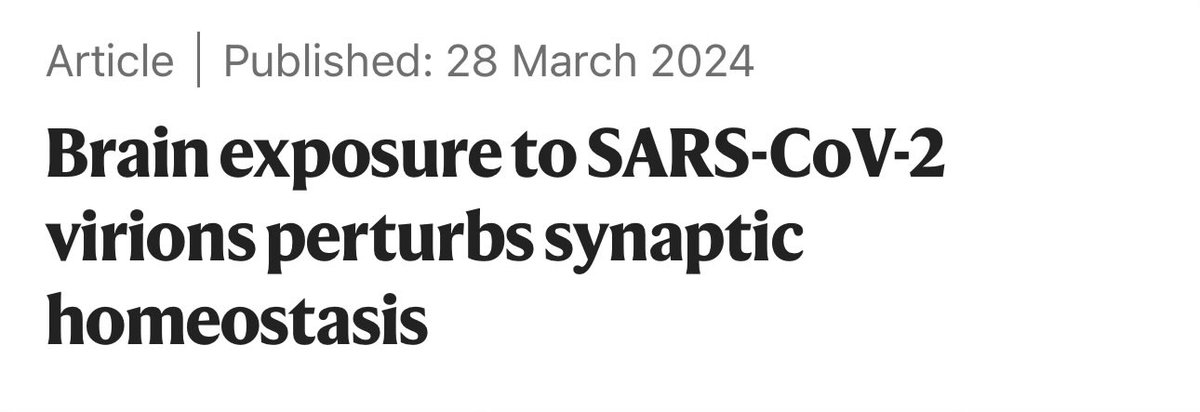
Infectious diseases and Pathogens. Latest reports. DM me about interesting stories.
10 subscribers
How to get URL link on X (Twitter) App

https://twitter.com/joshuamcclure/status/1849424911908888781The social and moral costs of neglect far exceed the apparent savings in resources.
https://twitter.com/michaelmindrum/status/1848786116528284034Let’s call it what it is.

 The Black Death is believed to have originated in the plains of Central Asia, possibly in the region now known as modern-day Mongolia.
The Black Death is believed to have originated in the plains of Central Asia, possibly in the region now known as modern-day Mongolia. 
 This research elucidates a brutal aspect of SARS-CoV-2’s pathogenesis:
This research elucidates a brutal aspect of SARS-CoV-2’s pathogenesis: